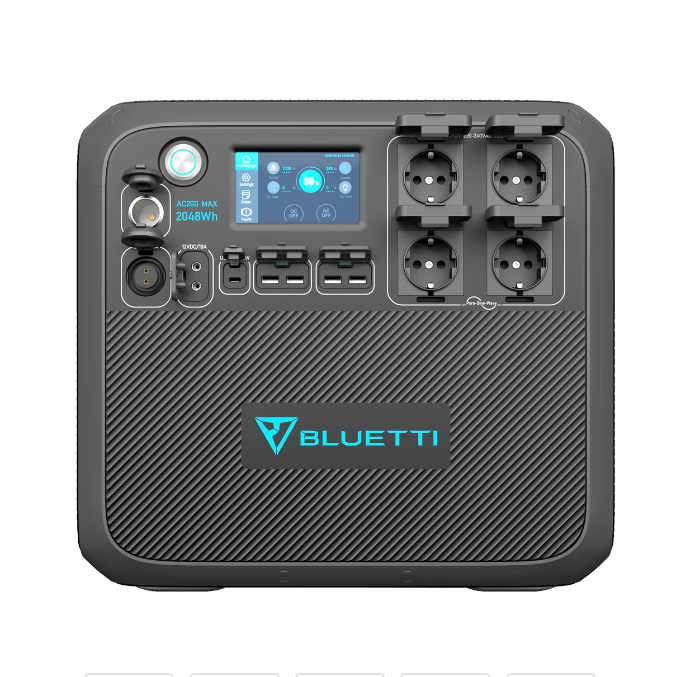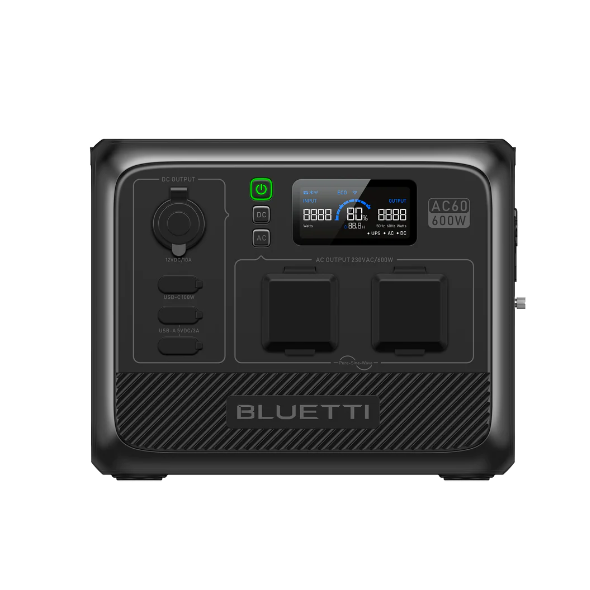
We already have a Bluetti AC200Max power station on our houseboat. It serves a dual role, firstly as an extension to our standard domestic battery installation powering most of our stuff on the upper floor –
- computer
- television
- lighting
- water heater
and secondly as a kind of manual UPS. Should the main system fail, we can use the power station instead to power the entire house. Since it is also connected to our 2Kw genset, and to 800w of solar panels independent of the main array on the roof, this would tide us over for a very long time.
We are very “watery” people and also own a 12m sailing yacht that so far has been based in the Mediterranean. Two years ago, for our house bank we installed 2 150w LifePo4 12v batteries and a 1200w hybrid controller/inverter connected to a 400w solar panel. We kept the lead/acid starter battery. The lithiums were charged only by solar and mains when available; the starter battery was charged by the engine alternator. We did not add a battery to battery charger. That was a bad mistake – you need that in case there is not enough solar charge. However our lithiums were indeed lighter, charged quicker, and were more tolerant of deep discharge. Furthermore we got rid of the shore charger and the solar controller, and we now had 220v throughout the yacht. Those were all big pluses for us, but we are planning on ripping all that out and replacing it with a power station located under the chart table! This is our reasoning!
An AC200Max has a 2000w inverter, 2048Wh of LifePo4 battery storage. It can be charged from the solar panel, the engine alternator, mains, or another battery. Output options are 4 x 220v AC sockets, numerous USB ports, a car port, and a 30A DC 12v outlet. The complete package costs €1499 as compared to about €1250 if we bought the much less useful separate components AND we avoid the €250 cost of the battery charger. The DC outlet is being connected to the current main fuse panel, and one of the 220v plugs to the existing 220v circuit. Inverter output is easily enough for us.
The basic power consumption of most sailing yachts (ours included) is modest. LED lighting uses very little; charging phones and computers is a little more greedy but still modest; fridges and auto-pilots are greedier at about 6A each (72w). A 400w solar panel during daylight hours will provide more than enough energy for all that and still be able to charge the batteries. Consumption at night is therefore the critical calculation. If night lasts 12 hours, the fridge can need 600w (50A) (not always on). No problem! However if we also use the autopilot for 12 hours that could need 864w (72A) plus the navigation and instrument lights and cabin lighting. Our consumption could be as much as 1600w in total. If shove comes to push, we may need a little help from the alternator!



